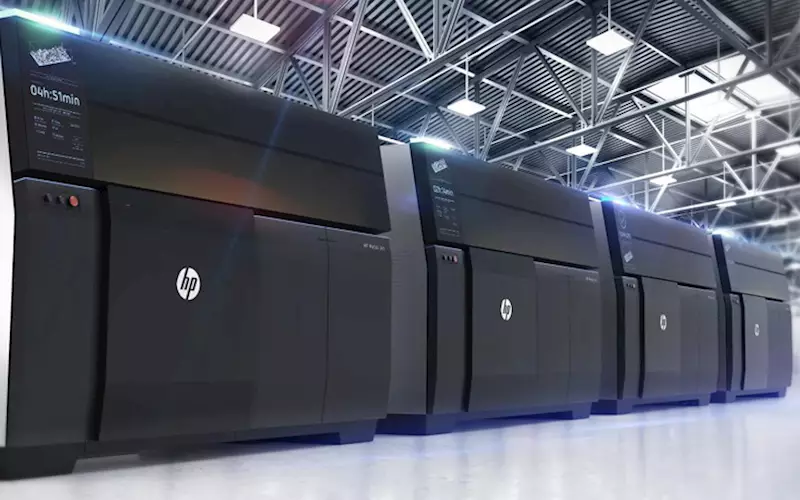HP: How does 3D printing work?
HP recently announced the launch HP Metal Jet, the world’s most advanced 3D printing technology for the high-volume manufacturing of production-grade metal parts.
21 Sep 2018 | By Sriraam Selvam
In its effort to create better awareness of 3D printing, HP also released a simple breakdown on how 3D printers work.
How does 3D printing work?
3D printing, also referred to as additive manufacturing, may not be a common household technology just yet. However, through continued innovation in the field, 3D printing is leading a revolution beyond traditional printing and manufacturing industries.
It’s critical to first understand what 3D printing is, how these printers operate, and how a 3D printer can be an exciting addition to your own home or business.
How does a 3D printer work?
At its core, 3D printing is the creation of a three-dimensional solid object printed in successive thin layers of material, as directed by a digital file you create. Initially, this technology most benefited creators of engineering prototypes, but recent advances have expanded 3D printing into varying industries and even increased usage of 3D printers in the home.
3D-printed objects begin with a digital blueprint created using computer-aided design (CAD) software. From there, the only limitations for creators are access to raw materials for the printing process and their own imagination.
With the blueprint ready, 3D print creators simply gather raw materials, fill the printer with materials, prepare the 3D build platform and let the 3D printer work its magic.
The physical object is printed layer by layer per the computer-aided design (CAD) software blueprint until it’s completed.
3D printers may use different technologies or methods, but here are the four most common 3D printing processes- polyjet, stereolithography (SLA), digital laser projection (DLP) and filament deposition modeling (FDM), aka fused filament fabrication.
Each specific 3D printing technology has its own drawbacks and benefits, including costs, capabilities, and type of usable materials. Extensive research and a thorough understanding of your intentions are key to selecting the best solution for your home, business, or organisation.
What do 3D printers use for printing materials?
While 3D printing materials have typically been metals and plastics, recent innovations have expanded the types of usable materials. This makes answering the question, “What is 3D printing made of?” difficult, as it could be almost any material imaginable.
Aside from the materials 3D printers can use, it’s critical that these printers use them efficiently while extracting and reclaiming any unused material.
As a result, 3D printing has begun to modernise a variety of industries within and beyond the realm of traditional manufacturing.
Consider these 3D printing use cases across various industries- customising and printing auto parts, casting in concrete for architecture and engineering projects, assembling crash dummies to better simulate crash impacts, particularly for elderly passengers, using isomalt sugar as a scaffolding to create complex biological structures, for human cell and tissue growth etc.
The list goes on, but your next question may be, what does a 3D printer do for the budding home enthusiast or entrepreneur? Plenty.
How to use a 3D printer in your home?
While these printers may not be in every home yet, they do offer the opportunity to print a large number of common items you may normally buy or assemble yourself. When you can customize your blueprint designs and print these items at home, 3D printers offer several benefits such as to bring art projects to life, create unique gifts for family and friends, reduce household expenses on everyday objects, print spare parts to repair furniture and appliances, produce prototypes of items for your business or hobby etc.
3D printing requires upfront investment for the printer and raw materials, which can put it out of reach for many novice makers. But with strategic planning and implementation, 3D printing can deliver numerous new opportunities for creativity and utility in your home and business.











 See All
See All